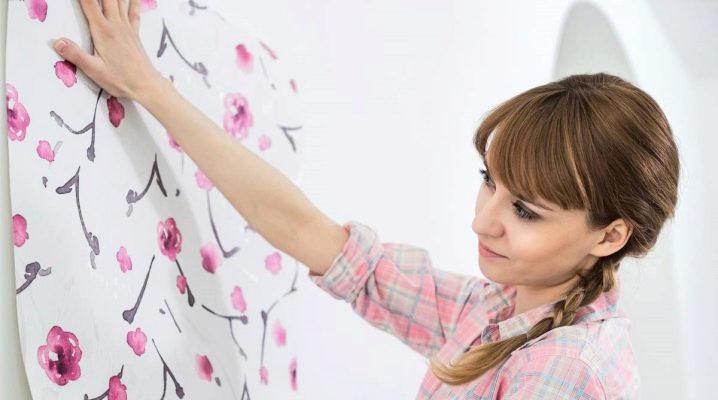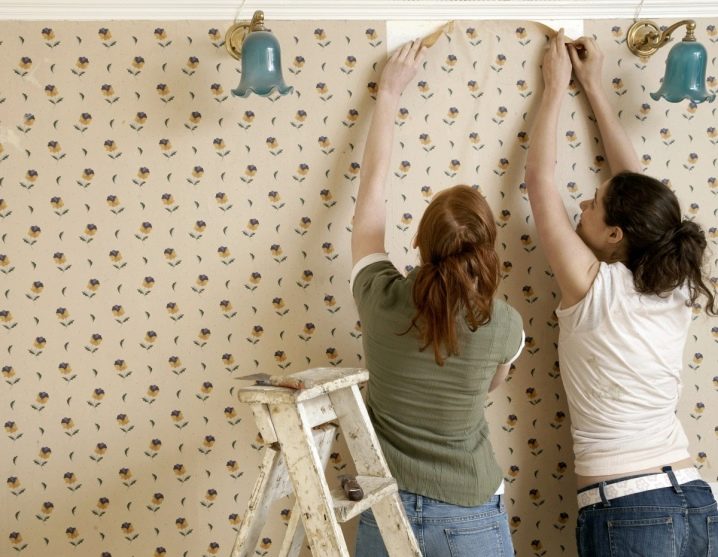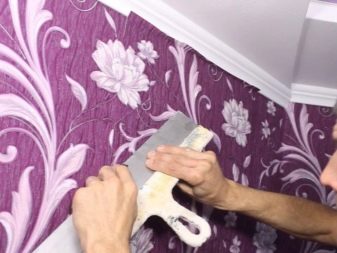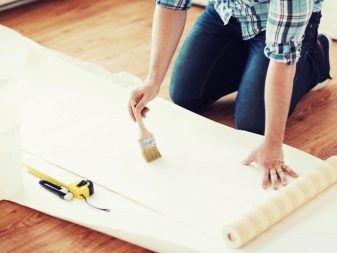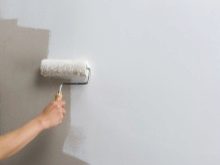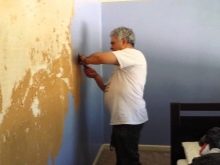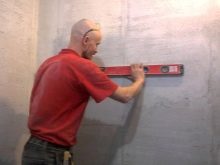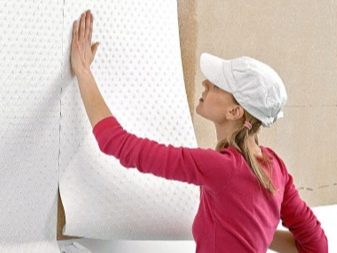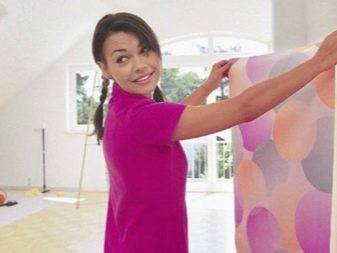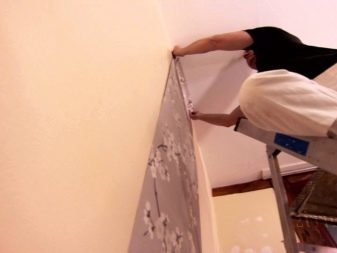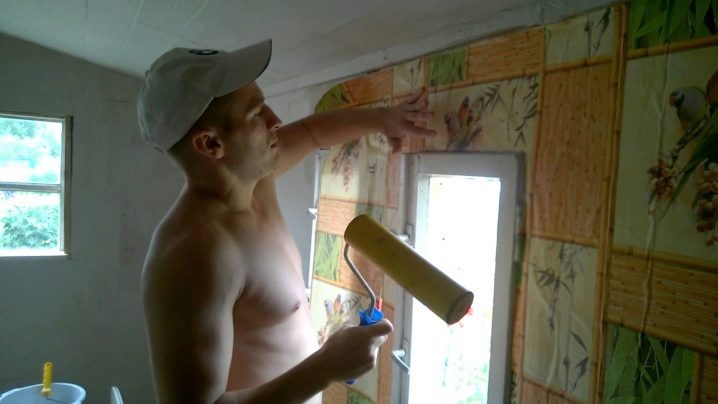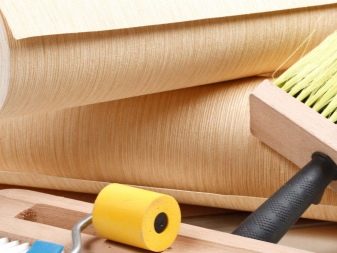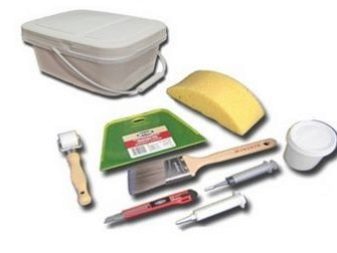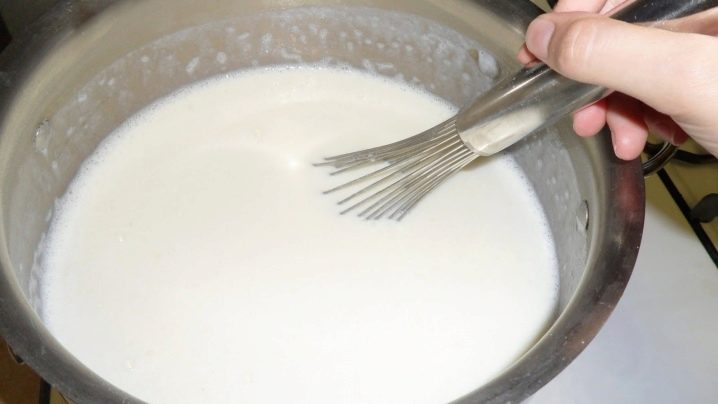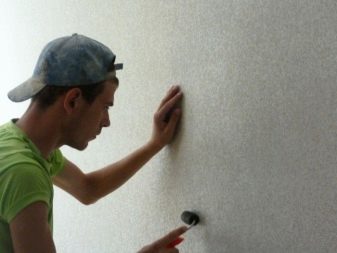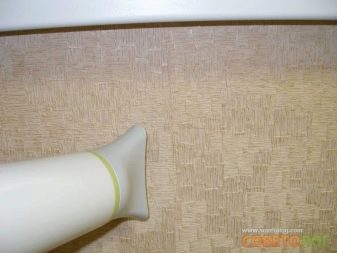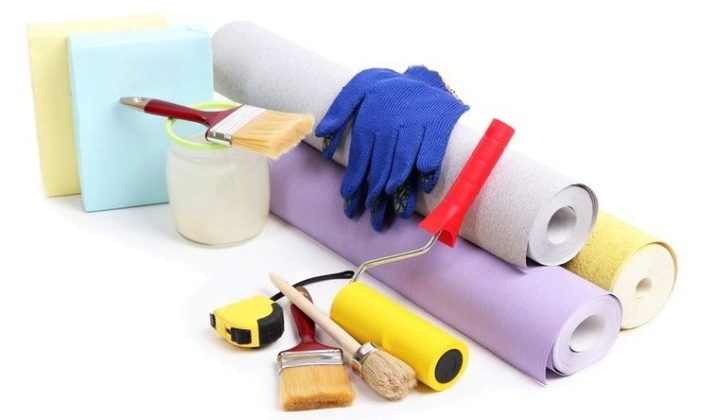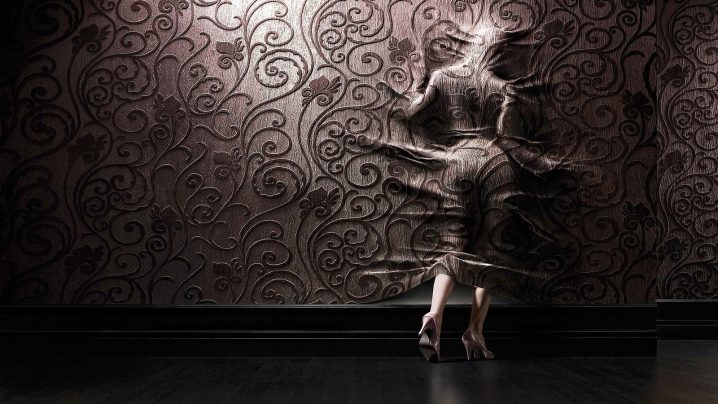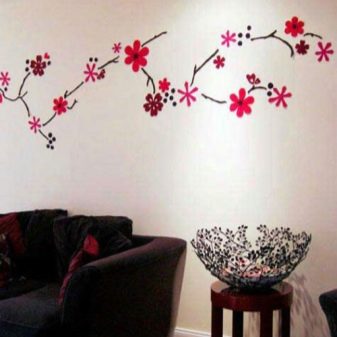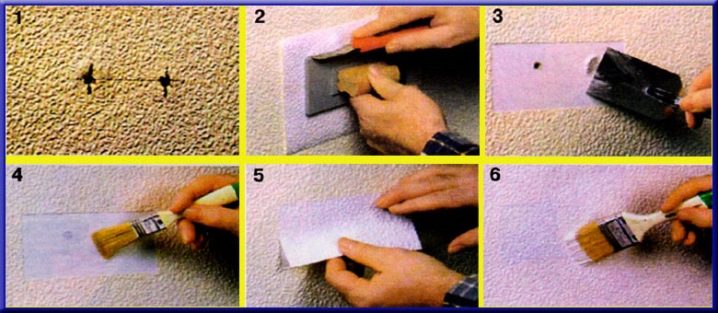What should I do if the wallpaper has gone apart at the seams?
The pleasure of the result of repairs in the house often overshadow some shortcomings. However, most of them can be fixed. So, if the wallpaper has diverged at the seams in the joints, there are several effective methods for retouching and transforming them.
The reasons
Most often, the reasons for removing wallpaper are the mistakes of the master who made the repair. Zatevaya renovation of the interior, it is important to approach the procedure as responsibly. So, if the wallpaper went apart at the seams, most likely, the following shortcomings were made during the work:
- walls were not checked for deformation;
- the old coating was not removed: previous wallpaper, whitewash or enamel;
- the wallpaper in the corners was not glued correctly;
- glue was applied incorrectly;
- disregard of the rules of sticking;
- glue was not selected for a specific type of wallpaper;
- wallpaper had a paper base.
Gently glue the wallpaper in place of the joints after the repair is much more difficult than to prevent them from peeling. So, it is important to tap all the walls with a hammer before applying glue to the sheets of wallpaper. Seeing scratches, cracks, dents and chips, you must apply the cement mortar, and then plaster and prime the surface. It was the small fragments that lagged behind the wall that initiated the slow destruction of the aesthetic appearance after the repair.
Besides, it is worth thinking a few times before applying a trellis to the old coating. Of course, when there are many layers of previous trellis, and some of them are thin paper types, the process can become very laborious, and each person experiences conflicting feelings caused, primarily, by laziness. But it is worth remembering that, firstly, the old coating can peel off, and secondly, a fungus can hide behind the old wallpaper, which also causes the coating to peel off from the walls.
Gluing the tapestries to “clean” primed walls with the help of special solutions, for example, with protection from mold is the key tothat further restoration is not required.
Another possible error causing delamination is incorrect application. Here it is necessary to strictly follow the instructions, giving the trellis to soak the required amount of time. By the way, the instruction will tell you what kind of glue for a particular type of wallpaper should be used, and therefore it is extremely important to carefully study it. It is also worth remembering that the wallpaper is not always peeled off due to lack of glue at the joints, because often the excess adhesive does not allow them to dry properly, causing their displacement is inevitable.
Very often the wallpaper is peeled off in the corners, and the inexperience of the master is again to blame. When the seam is in a corner on a bend, which is incredibly difficult to adjust to the level, the wallpaper will inevitably diverge. The exit here is simple: the angle consists of two sheets with a minimum overlap on each other.
It is worth noting that gaps are often formed on cheap paper wallpaper, because paper tends to stretch when wet and shrink when dry. The solution may be the use of special glue at the joints, which does not allow the paper to move out of its place.
In more expensive instances, as a rule, this problem does not exist. However, the restoration may be required for quite objective reasons, for example, after flooding. At the same time, the tapestries swell, become unsightly and lag behind the walls. Deformed wallpaper in this case is difficult to stick, and therefore it is important to know some tricks.
What can I use?
When the joints have already spread at the seams, it is important to glue them as quickly as possible. This can be done using the following tools:
- glue;
- tassels;
- spatula;
- rubberized roller;
- syringe;
- tube with a special dispenser.
It should be noted that only wallpaper paste is suitable for pasting. PVA does not dissolve in water, and therefore after drying forms yellow stains, especially noticeable on light-colored surfaces.
Nevertheless, some use similar compositions for pasting, tormenting them later with the gluing of the canvases, since the PVA fixes the trellis perfectly. Wallpapers can disperse at the seams even if bubbles form on the surface, which means the canvas is uneven. You can get rid of unwanted bumpiness with a conventional syringe. The action algorithm is as follows:
- pierce a needle from a syringe with a bubble;
- remove the formed air between the wall and the trellis;
- fill the syringe with glue;
- to put the syringe with glue structure in a cloth;
- wait until the wallpaper is completely soaked;
- Press the restoration area tightly and smooth with a roller.
I must say that today you can see special reinforced adhesives for joints on sale. They are distinguished by high viscosity due to the presence in the composition of the polyvinyl acetate emulsion. In addition, the speed of drying of any of the professional types of products is several times faster than the drying speed of a classic wallpaper glue. The resulting coating acquires not only high strength, but also water resistance.
In the case when there is no glue, some masters advise to use a solution of flour or starch and warm water. Experts do not encourage the use of this method, but for some it becomes a budget bailout. Nevertheless, folk methods exist, and therefore the method of making home paste is worth mentioning. So, for the adhesive composition will need:
- a glass of flour;
- 2 tablespoons of starch;
- 2 liters of water.
The volume of ingredients in this case is presented in a large portion, however, it can always be changed. So, put water on the fire and wait for it to boil. Flour and starch are mixed with each other and poured with a small amount of cold water until the lumps completely dissolve. A thin stream of the resulting mass is poured into boiling water with constant stirring. Within 1 minute, the mass continues to stir, and then cooled. To get rid of lumps, the fluid must be drained through a colander.
How to stick?
To restore wallpaper that has become stuck, It is important to observe the following algorithm:
- gently unscrew the trellis from the wall;
- remove the resulting dirt, putty pieces on the back side of the wallpaper;
- vacuumed out the wallpaper, as well as the walls or ceiling. This will level the harmful effects of the remaining dirt and dust;
- remove scuff marks at the edges. This can be done with a soft, colorless eraser;
- if the old tapestries are moved away from the wall with pieces of putty, and a chip has formed, the wall should be caulked and carefully treated with a primer;
- smear glue with a narrow brush and tapestry walls.If a small piece is removed, the glue is applied using a special tube or a conventional syringe;
- when using paper and textile tapestry, they are pressed against the wall and straightened with a rubberized roller. A wet cloth is used for vinyl wallpapers and tapestries on non-woven base. It is worth noting that the movement of the roller and rag is important to carry out in the direction from the middle of the trellis to the joint;
- for faster drying, you can use a hot hair dryer;
- glued area once again smoothed.
Do not forget that the trellis should delicately attract each other.
In the case when the seams can not be hidden, and they are visible, you can use special strips delimiting the space. Especially well they are suitable for horizontal pasting various trellis. Wallpaper, glued overlap, can be corrected by the same principle.
Tips and tricks
Situations where wallpaper frowns and diverges can be avoided by following a few simple rules. First of all, the experts highly recommend not to buy wallpaper and glue on discount offers. In most cases, their prices have been reduced for reasons of expiration date.or improper storage conditions.
Secondly, it is important to read all the instructions for wallpaper and adhesive compositions. It is also necessary to prepare all the tools, such as rollers, clean, dry and wet rags. Folk methods are best not to use, because the era of shortage is long gone, and a wide range of products allows you to choose a tool for every taste and budget.
In addition, it is wiser to carry out pasting and restoration in the apartment before the start of the heating season. Wall-paper should dry in natural conditions and not be exposed to drafts from open windows and windows.
It is worth noting that due to drafts, wrinkles and wrinkles may occur. It is possible to remove folds from paper, vinyl and non-woven wallpapers by peeling off the necessary part of the trellis from the surface and then applying it according to all the rules.
It is important to note the possibility of decorating and masking holes in the wallpaper. Such a situation can happen when a trellis at the joints is pulled together. Disguise unsightly error is possible if available:
- the remaining pieces of wallpaper;
- decorative stickers;
- various kinds of applications.
So, to close up the hole more imperceptibly and most accurately, you can find the exact same piece of wallpaper from the spare roll. For this:
- a piece of patch is carefully selected;
- cut to size with a sharp stationery knife;
- tightly applied to the place of the hole and check the correctness of the selection;
- glue the patch with glue on the damaged area;
- cut out a glued patch along with an old piece of wallpaper with a knife and pick up a section with a knife;
- peel off the patch from the damaged piece;
- glue the new plot again;
- neatly glued to the part of the surface freed from wallpaper.
In such a simple way, between the patch and the main part of the wallpaper will not be cracks. Nevertheless, there are such cases when there are no remains of tapestries, and the hole is visible not only on the wallpaper, but also on the wall itself. It is then that the only opportunity remains to decorate the areas with stickers. It should be noted that Today, their diversity delights. Fruits, flowers, food and drink images are selected for the kitchen, natural motifs and animalistic prints are selected for the living room and the hallway.
If, on attracting a trellis to remove gaps in the joints, a large piece was damaged,then it can only be masked by an application of impressive dimensions, which is usually made of durable films.
It looks stylish and relevant, and children's rooms with it are transformed and become naive and fantastic. Using one or another method of masking diverted joints, it is important to remember that it would be much simpler and more aesthetic to prevent them from appearing at the preparatory stage for repairing and gluing wallpaper.
A plastered surface with a quality primer applied several times will reduce the likelihood of stitches and unsightly crevices, and choosing a good glue and strictly following the instructions will help avoid wasting time spent on additional repairs.
On how to glue wallpaper properly do it yourself, see the next video.
